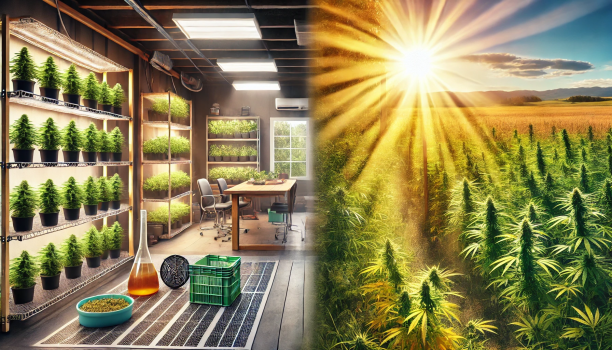
Recent research reveals that cultivating marijuana outdoors significantly reduces environmental impacts compared to indoor production, mitigating greenhouse gas emissions, soil acidification, and local waterway pollution.
“Outdoor cannabis agriculture can emit 50 times less carbon than indoor production,” the study, published by the journal Agricultural Science and Technology, states. “Sharing this information is crucial for producers, consumers, and policymakers in regions where cannabis cultivation is legal or will be soon.”
Study Aims and Methodology
Researchers from McGill University in Canada and the University of Michigan in Ann Arbor had dual objectives: to identify fertilizers that maximize marijuana yields and THC production with minimal inputs, and to quantify the environmental impact of outdoor cannabis cultivation. They specifically measured greenhouse gas emissions, resource depletion, terrestrial acidification, and eutrophication potential.
Despite several studies on indoor marijuana production, the study notes, "very little is known about the impact of outdoor cannabis agriculture."
Environmental Impact Assessment
Conducted over three growing seasons in Quebec, the study employed a life-cycle assessment (LCA) to evaluate environmental impacts. The researchers tracked equipment and supply inputs at the farm, analyzing five key indicators: global warming potential (GWP), marine and freshwater eutrophication potential (MFEP), terrestrial acidification (TA), fossil fuel depletion (FD), and metal resource depletion (MD).
They used the Candy Cane* strain, chosen for its fast maturation despite risks like early frost. The study also assessed the effects of different fertilizers on marijuana impacts and harvests.
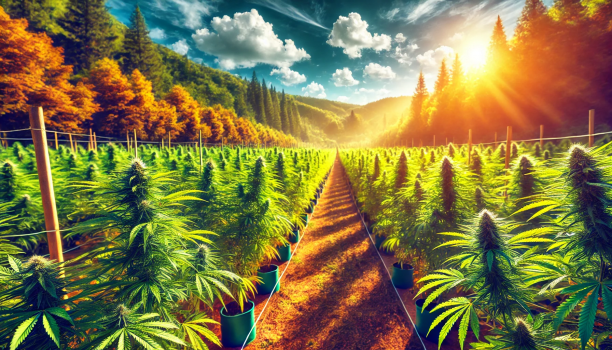
Key Findings
This study is the first to provide a full LCA of outdoor cannabis production, analyzing impacts on both yield and THC bases. Previous studies focused only on dried flower weight, overlooking the production practices' effects on cannabinoid concentration, which are vital for both medicinal and recreational growers.
Though focused on outdoor cultivation, the study used potting media, mainly peat moss, to control nutrient content across years. This approach revealed that potting media contributed 65-75% of GWP impacts. The researchers highlighted that reusing on-site potting media, instead of acquiring new media every growth cycle, could reduce these impacts.
Transportation and perlite production were major environmental costs when using new media. In contrast, the most greenhouse gas-emitting process in media reuse was steam sterilization via diesel combustion in agricultural machinery.
Implications
This study underscores the significant environmental benefits of outdoor cannabis cultivation and provides critical insights for improving sustainability in cannabis agriculture. As the legal cannabis industry expands, adopting outdoor growing practices could play a vital role in reducing its ecological footprint.
*Candy Cane - a strain that contains the genetics of AK-47 (Tutankhamon) and White Widow
Follow us on Instagram, there's even more interesting stuff there.
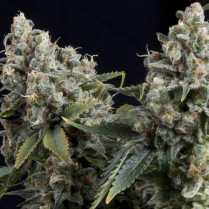
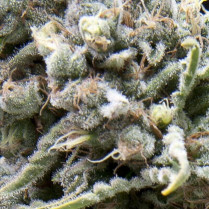
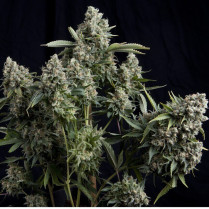
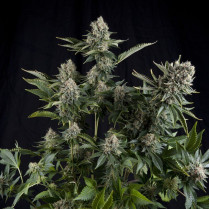

Comments (0)
New comment